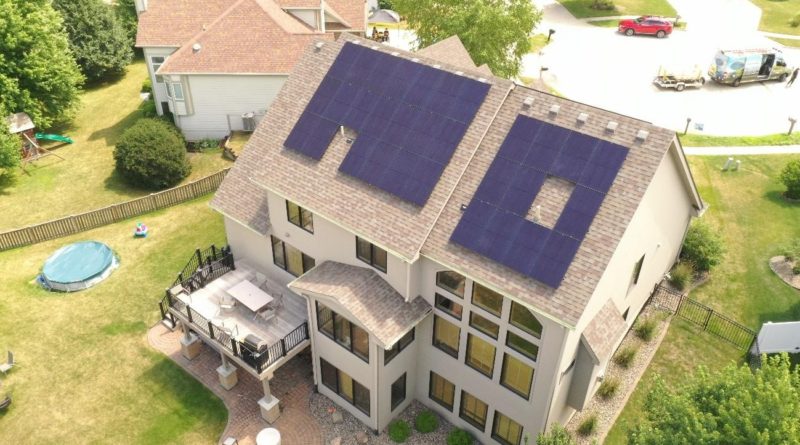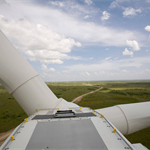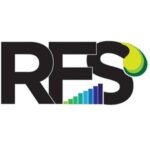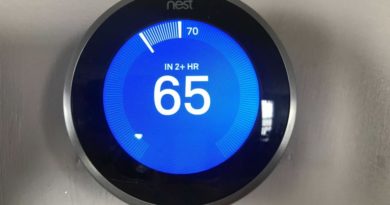The Next Move for Panasonic’s North American Solar Business – Newsweek
Energy Disrupter
Panasonic Solar and Battery Storage Business Move Forward With an Agile, Customer-Centric Strategy
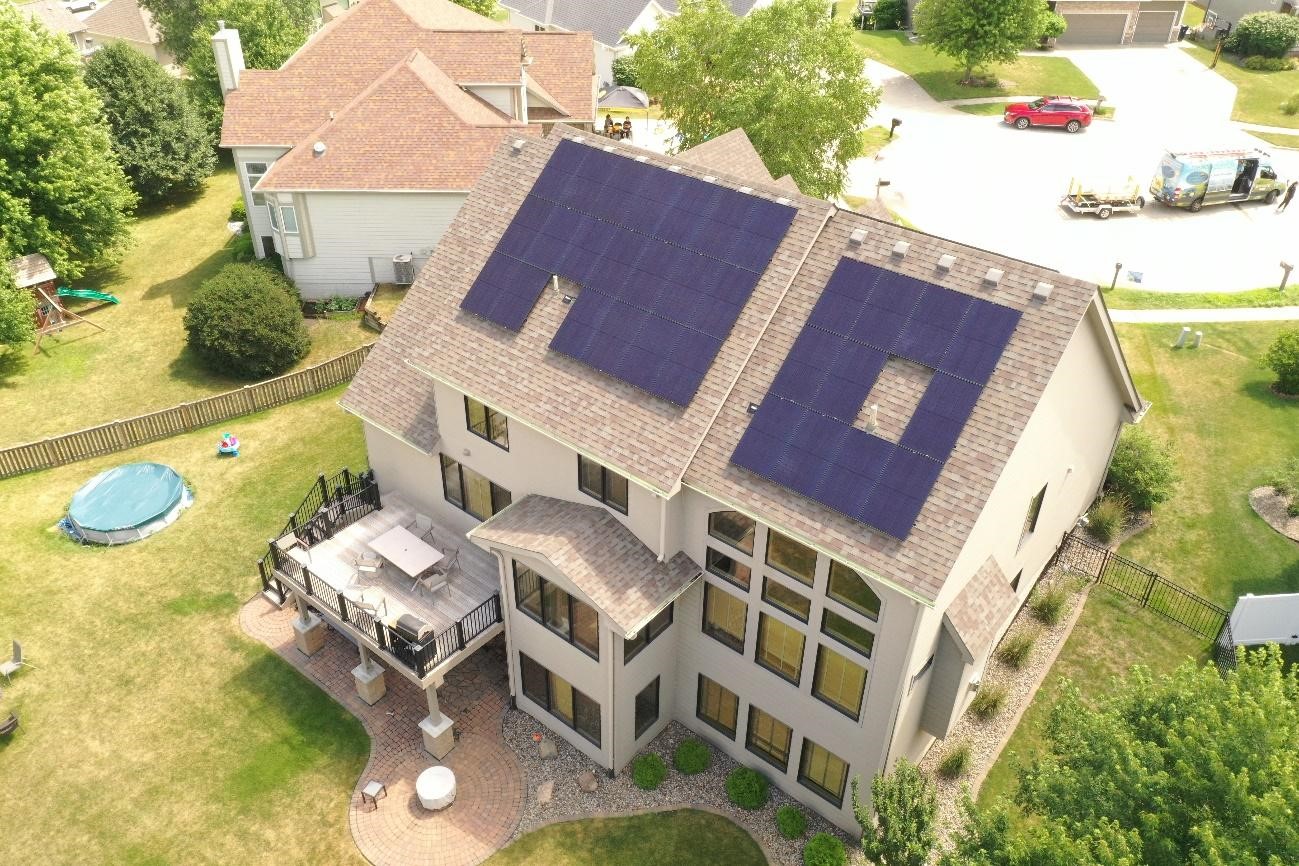
Earlier in 2021, confusion arose in the residential solar market when Panasonic opted to bring in original equipment manufacturing (OEM) partners to take over some of its production responsibilities, with reports mistakenly claiming that Panasonic was exiting the solar market entirely. This couldn’t have been farther from the truth.
An OEM is a manufacturer that specializes in making specific products on behalf of brands. The brand still designates the product as its own and ensures the level of quality customers have come to expect. This trend follows manufacturers in many other industries, from consumer electronics to mobile devices to apparel.
Panasonic’s move to outsource its solar panel production to OEMs was part of a decision to switch over from an exclusive focus on manufacturing to target a new goal of offering a suite–an ecosystem–of residential energy products, including solar panels and a new outdoor-rated battery storage system. According to the Panasonic team, the change will allow the company to deliver the latest solar technology to installers and consumers more quickly, and at more competitive prices, as well as to sell other components of Panasonic’s whole-home renewable energy solutions.
“This is just a change in strategy,” said Mukesh Sethi, group manager of solar and storage solutions at Panasonic, in a September 2021 interview with Solar Power World. “We’re not exiting anything.”
For Panasonic, this customer-centric strategy enables the company to be future focused and to offer integrated energy solutions that are all backed and warrantied by one of America’s most trusted and longest standing brands. (In 2021, Panasonic celebrated the 103rd anniversary of its founding in Japan, in 1918.)
This change in strategy—switching from proprietary factories to partnering with OEMs—will have no impact on consumers or installing partners. The company will continue to sell and support its solar panels and battery storage systems—together with its 25-year warranty, commitment to product quality and high level of service people, noted Solar Power World—and, in the longer term, develop other energy management products.
Speaking to Panasonic’s decision to outsource manufacturing, Sethi explained to Solar Power World, “There are so many companies, big household brands, that are already doing this kind of stuff. They design the products and sell the products without manufacturing them themselves.” In fact, other solar companies have made similar manufacturing strategy changes that have enabled them to sell company-branded modules made by OEMs.
Transition to a Best-in-Class Home Energy Ecosystem
Panasonic has been a major player in solar power for more than a quarter century, having developed heterojunction technology (HJT), which is integral to high power output in solar panels. The company has been heavily involved in solar research and development since 1975, when the green revolution began. Throughout that period, it has made considerable progress in increasing the efficiency and output of its panels, as well as in expanding its manufacturing operations.
However, Panasonic technology wasn’t the only thing that has evolved over the last quarter century in the industry. Major changes in production practices, including the introduction of new technologies that require fast alterations and factory retooling, have shifted the focus for technology companies like Panasonic.
“Manufacturing the solar panels…has become a low-margin business category now with the ever-falling prices and changing technologies, making it difficult for manufacturers to keep up with the continuous investment in new machinery,” Sethi said. “We have decided to outsource the manufacturing so we can just focus on designing and selling the products. This will allow Panasonic to [provide] the latest technology in solar panels…at competitive prices, along with other energy products that are part of residential energy solutions,” he added.
For both homeowners and installers, Panasonic’s move to maximize OEMs streamlines and improves their experience. Homeowners, of course, want all of their technology solutions to integrate seamlessly. Panasonic brings together an ecosystem of residential energy solutions under a trusted brand that has been reliably guaranteed for decades. This new direction leveraging OEMs will make it possible to create that same cohesive experience in home solar panels and storage systems.
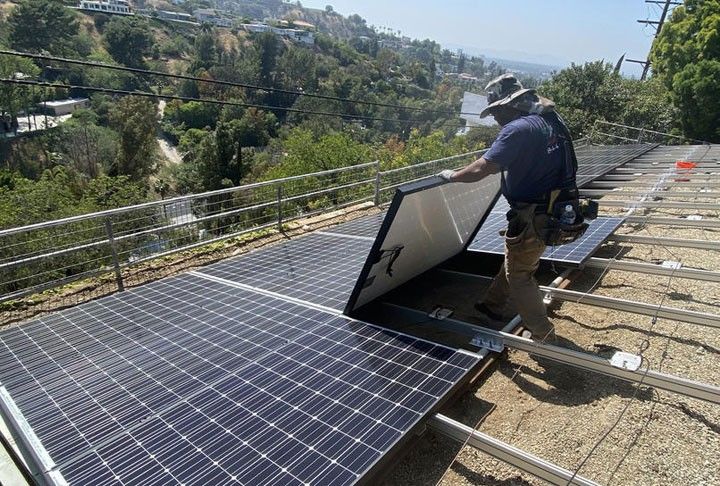
HIT Solar Panels: A History of Success in the U.S.
U.S. sales of Panasonic’s heterojunction with intrinsic thin layer (HIT) solar panels began in 2016. They soon captured a significant market share, owing to their superior efficiency in converting electricity in comparison with conventional single-crystal silicon products. As Solar Panel World noted, Panasonic’s HIT solar cells, which are composed of 5-inch silicon wafers, are incorporated into 96-cell panels that have the same size footprint as the 60-cell, 6-inch modules typical of other brands. (Wafers are the building blocks of solar cells, which, when interconnected, create a solar panel.) With its high efficiency, Panasonic’s HIT has already enjoyed five years as a leader in the industry. Sold as a luxury brand that boasts high quality, HIT solar panels have been installed in approximately 80,000 U.S. homes.
In 2019, Panasonic launched its new solar and battery storage solutions under the EverVolt brand name. In early 2021, the company introduced its EverVolt brand of solar modules. While still utilizing HJT, the modules are manufactured with larger-size half-cut cells in accordance with standard industry practices. EverVolt has since been recognized as a premium brand for solar power generation and energy storage in the home. Both HIT solar panels and EverVolt battery storage product lines won praise from leading solar experts, and were included in Green Builder magazine’s Sustainability Awards 2021 and “Stars of the 2021 Hot 50 Products.”

Panasonic Japan’s HEMS Advances Energy Management and Efficiency for the Future
In Japan, Panasonic has introduced its Home Energy Management System (HEMS), which can visualize, save energy, and control and sync all devices in the home. HEMS optimizes energy management utilizing solar panels and battery storage systems, which both play important roles in the HEMS whole home energy ecosystem.
Panasonic has proposed Smart HEMS, a far more advanced version of HEMS compatible with the internet of things (IoT) and artificial intelligence (AI). Panasonic’s exclusive core IoT component, AiSEG2, which is integral to its smart function, can be linked with multiple devices or can conveniently control home appliances through an intuitive mobile app. For example, when the amount of electricity used throughout the house exceeds the preset daily target, AiSEG2-compatible air conditioners, lighting and floor heating are automatically regulated to save energy.

AiSEG2 can check tomorrow’s weather to determine whether solar power use is appropriate. If needed, it can automatically reduce the amount of water heating and electric vehicle charging that night, while switching to solar power for these purposes the next day.
Going forward, Panasonic expects its U.S. strategy to include marketing its Smart HEMS ecosystem, which incorporates EverVolt solar panels and battery storage systems. The smart home concept originated in the U.S. in 1984, with the American Association of Home Builders, and Panasonic anticipates Smart HEMS finding strong demand in the U.S. residential construction market.
In his Solar Power World interview, Sethi said, “We’re moving from solar product manufacturer toward becoming a complete energy solution provider that designs energy products and solutions, including solar panels, inverters and energy storage. We envision an ecosystem of best-in-class solutions, controlled and managed by AI software that can manage the needs of the homeowner and integrate with the utilities and energy aggregators.”

A Global Solutions Provider
In addition to its new lineup of EverVolt solar panels and newly announced outdoor-rated EverVolt 2.0 power storage system for the U.S. market, Panasonic clean energy solutions are helping homeowners worldwide save energy and reduce their carbon footprint.
The company has been rolling out its energy management system for residential markets across the globe. In New Zealand, as a measure against higher peak-time electricity costs, Panasonic reduces the cost burden on residences by drawing electricity from a home storage battery charged with inexpensive off-peak electricity. Launched in 2020 to 2,000 households, Panasonic is steadily establishing its position as a provider of total home energy solutions in the country.
Panasonic’s energy management systems are also used in a host of different countries in the nonresidential sectors. In Indonesia, Panasonic installed 30,000 smart LED road lights in the city of Jakarta, consuming 70 percent less energy thanks to a smart communication network, and also 610 high-powered LED lights to illuminate the main stadium of the 2018 Asian Games, offering what is arguably the highest quality and longest lifespans of lighting of any other stadium.
Panasonic has already initiated activities in several countries as a provider of integrated clean energy solutions. In the United States, the development of its smart energy management business has only just begun.
The company fully expects to achieve its carbon neutral goal globally by 2050. The plan calls for Panasonic to shift to being a full-scale residential energy solutions provider, utilizing products from across its vast energy management business. Outsourcing solar production to OEM manufacturers is just one stepping stone in Panasonic’s continued commitment to quality and evolution.
Originally published in Newsweek Japan.
Original Source: https://www.newsweek.com/sponsored/next-move-panasonics-north-american-solar-business

